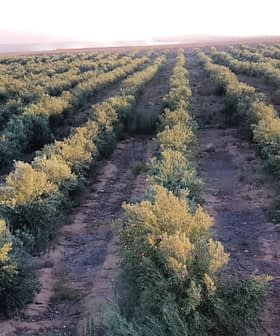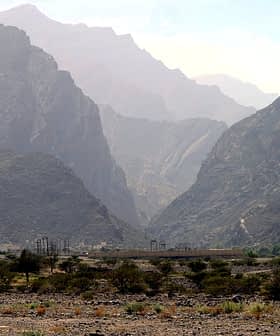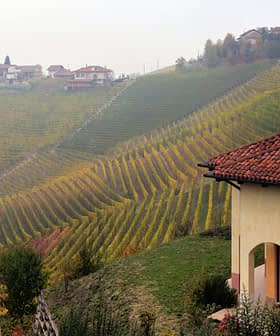
After 52 days of dry skies and above-average heat, Andalusia’s wrinkly olives finally relieved their thirst last week.
But welcome though it was, the rain came too late to avoid some losses in non-irrigated areas of the region, secretary of the Andalusian branch of agrarian organization COAG, Eduardo López, told Europa Press.
“Normally a kilo of olives has an oil content of 23 percent but now it’s going to be about 17 – 18 percent, though that might improve with this rain,” he said. Olive trees are drought resilient but the olives are in their oil production phase — lipogenesis — which is affected by temperature and humidity.
The Diario Jaen reported that the average of 48 liters/m2 that quenched Jaen´s 60 million olive trees — now bearing about 50kg of olives each — was less than desired, but timely.
The fruit had been looking shrivelled and needed the rain sooner rather than later. “Rain in the middle of November isn’t as important for the harvest as it is in September and early October,” the newspaper reported.
Rain-fed plantations form 60 per cent — 306,000 hectares — of the sector in Jaén, which forecasters say can expect more wet weather this week.
Earlier in October, the Andalusian government released estimates that total regional olive oil production this season would equal 1.13 million tons — up 0.6 percent on the previous — of which Jaén would supply 580,000 tons. But that was conditional on optimal weather.
Meanwhile, this week one of the most crucial collective bargaining agreements — not just for Jaén but the whole of Spain — is due to be thrashed out. Covering the employment of the estimated 107,000 laborers that will work in Jaén’s olive plantations and mills this harvest, it will govern not only what they earn but serve as a reference nationwide, says Ideal.es.
The imminent olive harvest is the time of greatest demand for labor over the shortest period and is this year expected to see about €340 million ($481m) pass from the contractors to laborers in just over two months.
This year the pickers are under pressure to accept 5 percent less than the €58.05 ($82.17) they earned last year for each day — generally 6.5 hours’ work without stop. Producers say that since 2009, the prices paid for their olive oil have ranged from 20 – 25 percent below what they need to break even so they can’t pay the pickers more.








